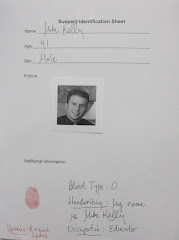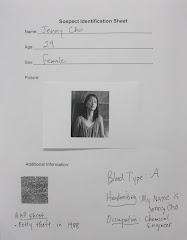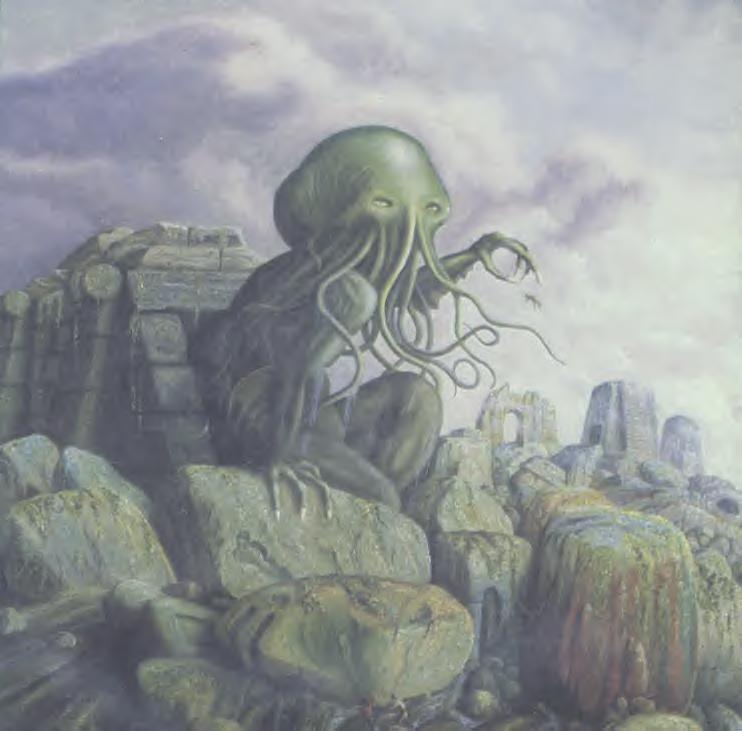Evidence of fingerprinting has been found in many ancient civilizations. However, it wasn’t used for identification, like it is now. It was used for leaving signatures in some cultures and business transactions in others.
It wasn’t until the mid-1800s that it was discovered that each fingerprint is unique, and it was in 1880 that the use of fingerprints for identification was possible. The first criminal case solved using the aid of fingerprints was in 1892.
In 1903, a simple collection of fingerprints helped a prison in a case of identity theft. Since then, the majority of English-speaking countries have adopted and used the fingerprinting system, created by Edward Henry in 1897.
2. Types of Fingerprints:
Direct: Direct or patent fingerprints are visible to the naked eye without any chemical adjustments. They occur when a foreign substance [blood, dirt, paint, etc.] is in between the finger and the surface it printed, leaving an ink-like mark of the print.
Latent: Latent fingerprints are the ones left that may not be visible immediately. To make them easier to see, scientists use fingerprint powders and other techniques. Lifting these prints can be one of the most important portions of evidence at a crime scene. They are made from sweat and oil on your skin acting as ink for the ridges on your fingers.
Plastic: Plastic prints are made when someone touches a moldable service and leaves an indented print. These marks do not need any sort of enhancement or chemicals to observe, because they are already easily visible to the naked eye.
3. Techniques/Chemicals Used to Develop Fingerprints:
The first ting to try when searching for fingerprints is optical techniques. This is when different lighting, such as an ultraviolet light, is used to expose otherwise invisible prints. On a porous surface, it must be determined whether or not the surface where the print was left was wet. If it was, then it is most likely that the latent fingerprints will not turn up. On dry porous surfaces, DFO, ninhydrin, and metal salt treatment are different technique options. On nonabsorbent surfaces, optical lights and dusting should be used.
4. Basic Shapes/Patterns of Fingerprints:

More information: http://onin.com/fp/fmiru/fppatterns.gif
5. Procedures for Collecting/Lifting Fingerprints:
The most basic method of collecting latent fingerprints is dusting the print with a color contrasting the surface it is on, brushing off excess powder, and then using specialized tape to lift it and use it for evidence. Direct prints can be collected by either taking pictures or using tape to lift. Plastic fingerprints can be made into molds for further analysis.
6. Our Lab:











I thought that your blog was really good. All the information was there, you had the pictures. Bene!
ReplyDeleteI like the combination words and pictures. Also your description of the types of fingerprints and the methods of of finger print lifting are very good.
ReplyDeleteI would've read this blog even if I wasnt in school! it was really that good! Very descriptive!
ReplyDeletei agree with the comments above, my comment so got deleted (computer messed up) so im trying to comment again. i like your blog and especially like the pic with the girl and the fingerprint sheets
ReplyDeleteExcept for some misspellings in a few parts and repetition in the last part, it looks like you did a great job with your research. Bene!
ReplyDeleteWow you did an excellent job on your blog, I really like the pictures you placed within it and everything is well worded. Great job!! =]
ReplyDelete